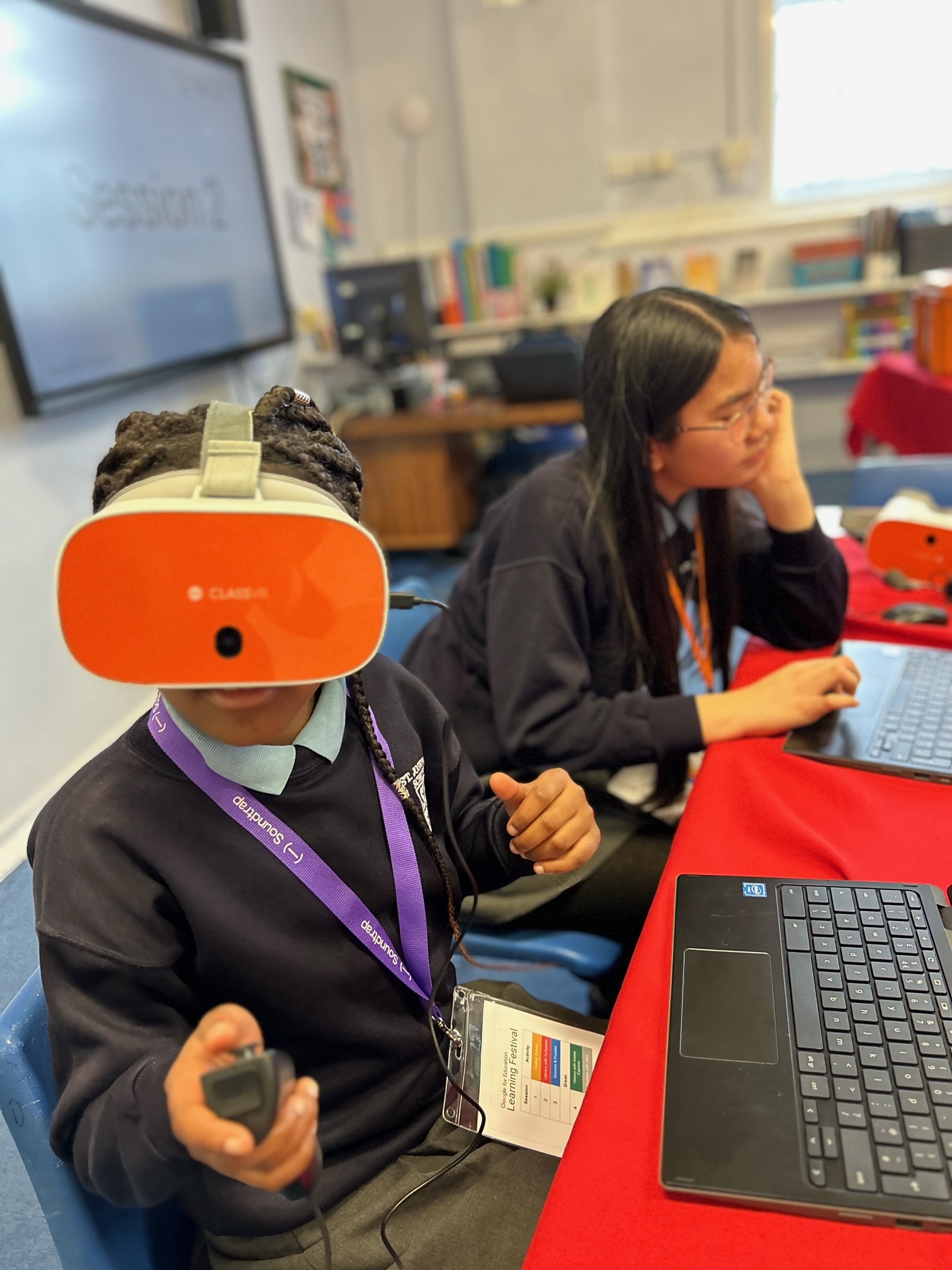Computing
St Joseph's computing curriculum follows the most current and researched pedagogies to ensure every child can enjoy and succeed through appropriate, engaging learning opportunities.
KS1 Curriculum Overview KS2 Curriculum Overview
How does our computing curriculum help our children succeed?
Real world and contextual examples
Abstract concepts are brought to life with real-world, contextual examples and interdependencies with other curriculum subjects. This is achieved through unplugged activities, proposing analogies, storytelling around concepts, and finding examples of the concepts in pupils’ lives.
Acquistion of knowledge
Pupils are supported in the acquisition of knowledge, through the use of key concepts, terms, and vocabulary, providing opportunities to build a shared and consistent understanding.
Collaborative learning
Collaboration is encouraged, specifically using pair programming, peer instruction and structured group tasks. This stimulates classroom dialogue, articulation of concepts, and development of shared understanding.
Multi-sensory tactile approach
The use of physical computing and activities offer tactile and sensory experiences that enhance learning. When electronics and programming are combined with art and DT (especially through exploratory projects) pupils are provided with a creative, engaging context to explore and apply computing concepts.
Semantic Waves
New concepts are taught by first unpacking complex terms and ideas, exploring these ideas in unplugged and familiar contexts, then repacking the new understanding into the original concept. This approach (semantic waves) can help pupils develop a secure understanding of complex concepts.
Supportive frameworks
Lessons use supportive frameworks, such as PRIMM (Predict, Run, Investigate, Modify, Make) and Use-Modify-Create. These frameworks are based on research and ensure that differentiation can be woven throughout the lesson.




